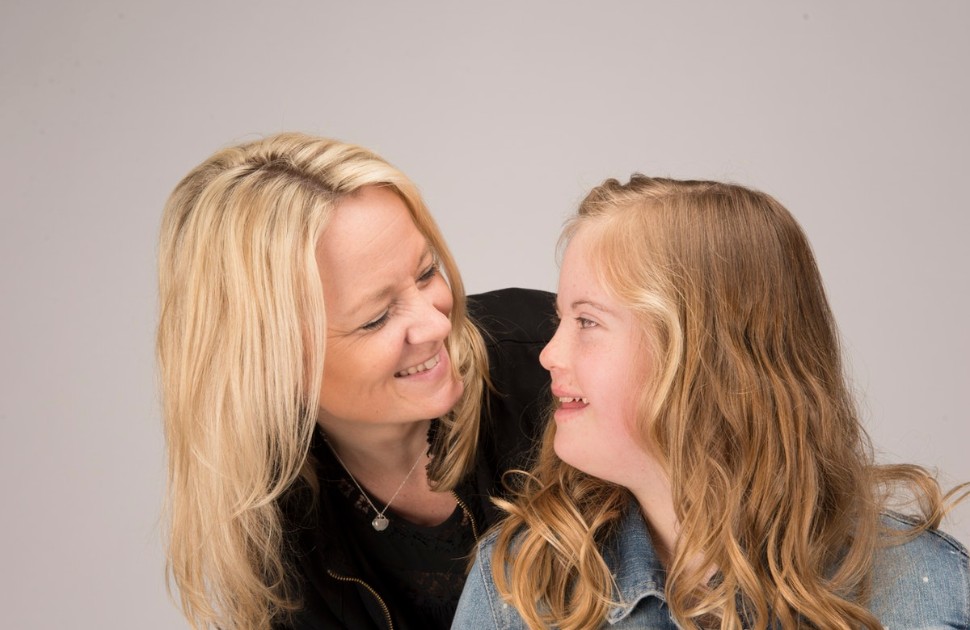
For best results make sure background graphics are enabled.
What is a migraine?
A migraine is an intense headache that can disrupt your daily routine significantly. It may result in taking time off from work or school and taking several naps to alleviate the symptoms.
Frequent migraines are common, with an estimated one in seven individuals experiencing them.
Typical features of a migraine include:
- Moderate-severe pulsing or throbbing headaches, often one-sided or behind the eye, lasting for hours and up to a few days.
- Exertion (climbing stairs, running) causes the headache to worsen
- Nausea, vomiting, and/or sensitivity to light and noise may occur
- Visual symptoms (flashing lights, jagged lines, blurring) and ear symptoms (fullness/pressure in the ear, ringing, hearing loss) are common
- Many people with migraines also experience less severe headaches that are dull and aching in quality but may not interfere with activities.
What is vestibular migraine?
Vestibular migraine (VM) is a type of migraine where your child or youth may experience dizziness as one of their main symptoms. About 50% of the time, there is no headache associated with it though there is often light and/or sound sensitivity, and many people with VM have headaches at other times.
How can my child or youth improve their migraines?
Migraines are unpredictable, but there are a few lifestyle modifications that your child or youth can implement in their daily routine to decrease the frequency.
· avoid salty food when possible. Buy low or no salt food
· avoid foods that can trigger migraines (chocolate, cured meats, cheese, nuts, sardines, freshly baked yeast products, sour cream, yogurt, artificial sweeteners)
· reduce eye strain (ensure your child or youth's glasses are up to date)
· encourage relaxation activities (yoga, outdoor walks, breathing exercises, calming music)
Can my child or youth use medication to help with their migraines?
Other than addressing lifestyle issues as outlined above, treatments are either abortive (try and stop migraines when they happen), or preventative (try and decrease the overall number of migraines).
Medication can be used to stop a migraine after it starts, but the dose must be taken AS SOON AS POSSIBLE after the onset of headache or dizzy spell.
Options include:
-
Gravol, if dizziness is a major part of your child or youth's migraines
-
Triptans, a class of drug prescribed by your doctor
If your child or youth continues to experience a lot of migraines/dizzy spells and they are using medication more than twice a week, please contact your doctor as soon as possible. Your doctor may refer your child or youth to a headache specialist for further evaluation and treatment.
 Looking for translation?
Looking for translation?
Did you know: our care resources can be translated into over 100 languages using Google Translate! Click the Translate button on the top right corner of your screen and select your preferred language to get started.
Disclaimer
This resource is for educational purposes only, and was originally written in English and translated to French. Translation to any other languages is automatically provided through Google Translate, and not official. There may be subtle differences or inaccuracies. If you have any questions about medical matters including your care and treatment, please reach out to your health-care team.




